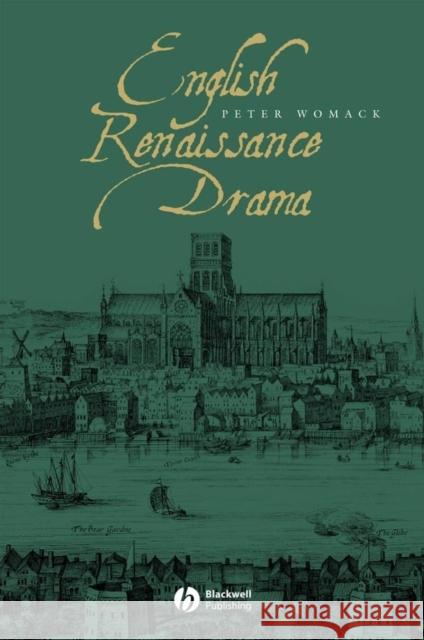English Renaissance Drama » książka
topmenu
English Renaissance Drama
ISBN-13: 9780631226307 / Angielski / Miękka / 2006 / 336 str.
The book considers the London theatrical culture which took shape in the 1570s and came to an end in 1642.
- Places emphasis on those plays that are readily available in modern editions and can sometimes to be seen in modern productions, including Shakespeare.
- Provides students with the historical, literary and theatrical contexts they need to make sense of Renaissance drama.
- Includes a series of short biographies of playwrights during this period.
- Features close analyses of more than 20 plays, each of which draws attention to what makes a particular play interesting and identifies relevant critical questions.
- Examines early modern drama in terms of its characteristic actions, such as cuckolding, flattering, swaggering, going mad, and rising from the dead.











